This was the first solo restaurant of Gordon Ramsay, opening in 1998 and taking over the premises that formerly housed Pierre Koffmann’s La Tante Claire. It gained three Michelin stars in 2001, which it has retained since. Since 2015 Matt Abe has been the head chef. Mr Abe worked with Gordon Ramsay for many years after starting his career in Australia. Sixteen chefs work in the kitchen at a typical service. The meal that we went for tonight was the £250 chef’s table experience, in which you are seated just at the edge of the dining room at a dedicated table and brought a surprise tasting menu. If you went a la carte then three courses cost £130 at dinner or £110 at lunch, and there was also a menu prestige tasting menu at £160 or a surprise menu at £195. Full vegetarian alternatives are available at the same prices.
The wine list was extensive, with 607 full bottles listed with a median price of £405, ranging from £32 to £11,995. Based on a sample of the list the average markup seemed to be around 3.1 times, which is not actually that bad, though the markups vary considerably. Sample labels were Domaine de Triennes Cotes de Provence Rose at £45 for a bottle that you can find in the high street for £13, Etna Rosso Benanti 2018 at £65 compared to its retail price of £22, and Storm Wines Vrede Pinot Noir 2019 at £95 for a bottle that will set you back £44 in a shop. For those with the means there was plenty of choice at the high end, with for example Kistler Hyde Chardonnay 2009 at £400 compared to its retail price of £85, and Domaine Leflaive Puligny-Montrachet 1er Cru Les Folatières, 2010 at £675 for a bottle whose current market price is £292. There were a few relative bargains tucked away if you are wealthy enough, with for example Sine Qua Non Stockholm Syndrome Syrah 2010 at £740 for a wine whose current market value is £2,310.
The meal started with an array of canapes. Gougeres are a classic start to a meal, though these were a little unusual as they used whipped goat cheese and marjoram rather than a more traditional cheese such as Comte or Gruyere. Nonetheless, the choux pastry had good texture and the goat cheese worked well. In another canape, a layer of oscietra caviar (from a supplier called Imperial caviar) concealed a French onion dip made with sour cream, dried roasted onions and fino sherry, with egg salad, dill and chervil and French onion consommé jelly. This was very enjoyable, the jelly smooth and the onion flavour coming through well. I was less taken by lightly cured yellowtail kingfish, rolled in dried citrus and herbs, topped with calamansi puree. The overall effect was surprisingly bland. Better were delicate little potato leaves, which went well with the onion jelly. There was also a little of tartlet of 100-day aged beef with dashi vinegar and pickles topped with nasturtium leaves. This was accompanied by a further tartlet of whipped lardo, black garlic, Alsace bacon stock, Iberico crumb and bee pollen, both tartlets being made with chickpea flour. I particularly liked the whipped lardo version (canapes averaged 17/20).
Parker house bread with a honey glaze was made from scratch in the kitchen and had excellent texture. It was served with a deeply flavoured little cup of beef and Madeira consommé with ceps and thyme (18/20). The bread was offered with cultured butter (from Ampersand) and whipped goats’ butter (from Quicke’s Dairy in Exeter).
My favourite dish of the meal was a crab shell containing Cornish crab and spider crab which had been steamed and bound with a crab emulsion flavoured with finger lime, calamansi, mousse of Charentais melon and honey vinegar with a garnish of anise hyssop, shiso leaf and blossom and coriander flowers. The mousse was light and airy, the crab had lovely sweet flavour that was balanced carefully by the acidity of the lime and the calamansi (19/20).
At this point we were presented with a very early season white truffle, this one coming from the Istrian peninsula in Croatia. What was puzzling was that it emitted no truffle fragrance whatsoever, something all three of us commented on. It was peculiar since normally when a white truffle is brought into a dining room you can smell the earthy fragrance from several tables away. Here, even right in front of us: nothing. The truffle was grated over a simple dish of chestnut linguine with four-year aged Parmesan sauce, creme fraiche and some chicken stock with Barolo vinegar. The pasta had good texture and the sauce was nice, but the truffle added nothing since it had no discernible fragrance. I have had ordinary summer truffles that smelt far more of truffle. White truffles are at their best in November and rapidly lose their fragrance once plucked from the earth, and this one was a vivid demonstration of why they are best experienced in Alba, ideally harvested that very day (15/20 is kind).
Things got back on track with native lobster with fig and coconut, the tail poached in lobster oil and then grilled over charcoal on a fig leaf. This was served with a fig compote with beetroot and nigella, fresh fig, verjus and amaranth. The lobster coconut sauce was made with shallots, lemongrass, kaffir lime, espelette pepper, ginger, a lobster reduction, coconut puree and creme fraiche. I liked the dish, the lobster very tender and the fig working very well with the natural sweetness of the shellfish (18/20).
This was followed by a dish of Cornish cod, with potato mousseline, the cod having been brined for hours before being turned into a ballotine. This came with shallot and potato crumb, Oscietra Imperial gold caviar, and a jus gras finished with dried celeriac and flakes of katsuoboshi (dried, smoked bonito). This was pleasant enough, but I didn’t find it a very exciting dish, though the texture of the cod was good (16/20).
The meat course was rack of fallow deer cooked on juniper, the deer coming from Brett Graham’s farm in the lake district. The venison was roasted and served with a shallot compote made with red wine, port, black pepper, beetroot ribbon, blackberry puree, pickled wild blackberries, and puree of pontack, an elderberry sauce dating from the 18thcentury. This sauce originated in England but was popularised by a Frenchman, François-Auguste de Pontac. To make this, elderberries are cooked slowly with cider vinegar then strained, along with shallots, nutmeg and allspice. This was combined with a “huntsman sauce” (grand veneur) made from the trimmings of the deer, and finished with black pepper, 75% dark chocolate, redcurrant jelly and cranberry vinegar. The deer was accompanied by Boltardy beetroot. The deer had lovely flavour and was lightly cooked, the beetroot went well with it and the sauce was unusual and interesting (strong 18/20).
There was no cheese board in this tasting menu, but there was an aged Comte (supplied from la Fromagerie) served with prune pickle made with prune, cucumber, carrot, onion, swede, all spice, nutmeg, black pepper, malt vinegar and dark brown sugar, as well as malt pickled onions and caraway flatbread.
A pre dessert was grape sorbet in a mousse of Moscato d’Asti dessert wine with a crystallised rose garnish and oxalis. This was light, refreshing and enjoyable (17/20). I preferred that to the main dessert, with was a savarin (a sponge cake rather like a baba) of Mirabelle plum with ruby red plum marinated in sake and served with Creme Chantilly as well as plum puree and jus. The sabayon texture seemed rather dense, and the plum flavour could have come through more strongly (14/20).
Coffee was from a company called Workhouse and was decent but rather ordinary. It was a touch sour and bitter, under extracted and roasted at an overly high temperature. There was a selection of petit fours to go with the coffee. There was a chocolate crunch, dark chocolate, vanilla caramel, sea buckthorn jelly, toasted buckwheat, anise hyssop and Sarawak pepper sugar as well as goats milk caramel tartlet. These were all very pleasant.
The staff that we encountered were lovely, with a friendly waitress and a particularly helpful sommelier, James Lloyd, who has been head sommelier here since 2016 but had two previous stints in the Ramsay group in between roles at other high restaurants including Alain Ducasse at the Dorchester. The bill was £118 for the wine per person in addition to the pre-paid menu, so £368 per person in all. I have to say that for this price I was surprised to see little in the way of luxury ingredients: no large turbot, scallops, langoustine etc on this menu, but rather cod, lobster and (admittedly excellent) venison and a puzzlingly flavourless truffle. Of course, there is at least as much skill involved in taking such ingredients and making the most of these, but I wonder whether some guests will feel a little short changed, given our menu was £250 per person for the food alone. I was more concerned by the level of inconsistency, with lovely crab and venison dishes but also some pretty ordinary dishes in amongst the menu. The excellent staff that we encountered did ensure that we were very well looked after, and you could of course save some money by eating from a less extensive menu. If you shared a modest bottle of wine between two and ordered from the cheapest evening menu then a typical cost per person might come to around £180 or so.
BookFurther reviews: 19th Mar 2025 | 07th Nov 2023 | 26th Jul 2018 | 19th Feb 2015 | 05th Dec 2012







































































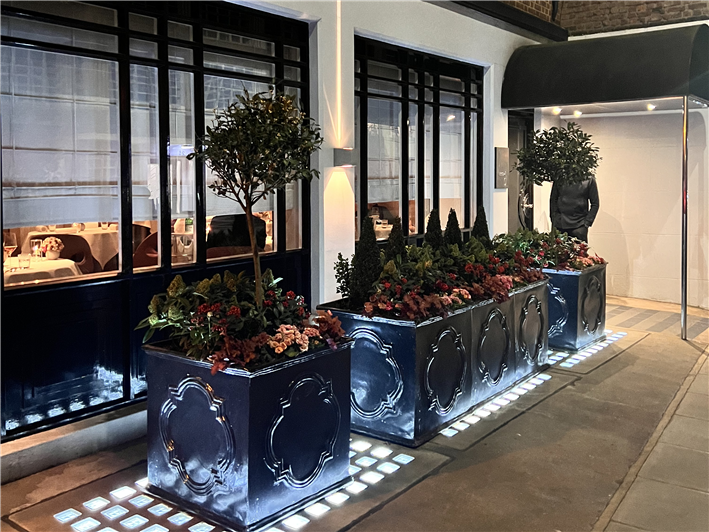


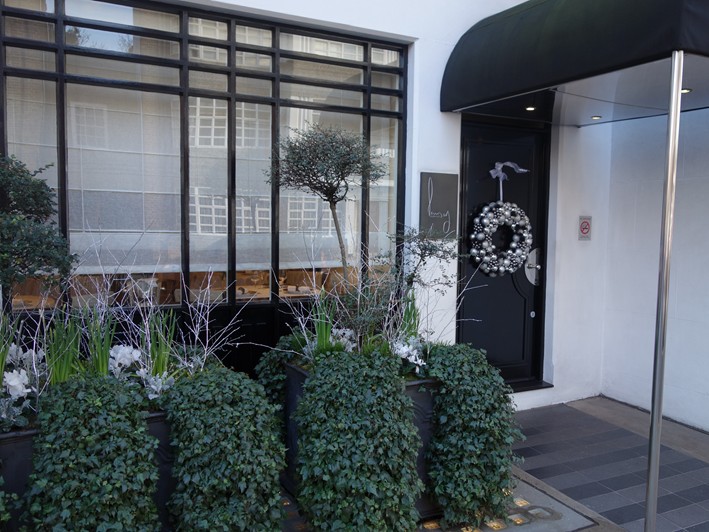
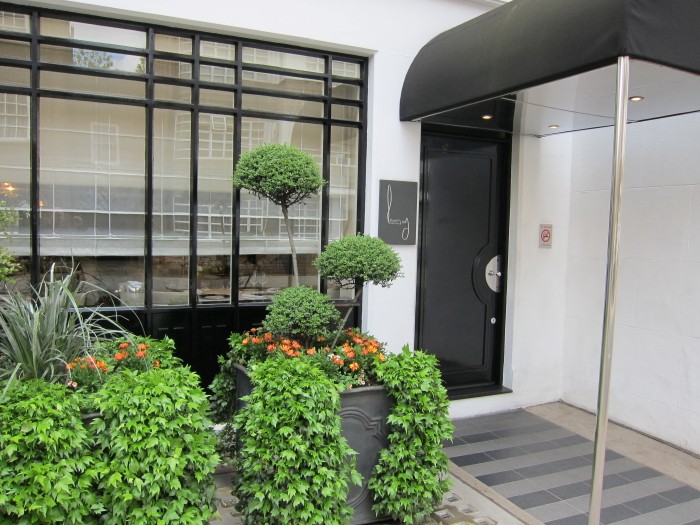
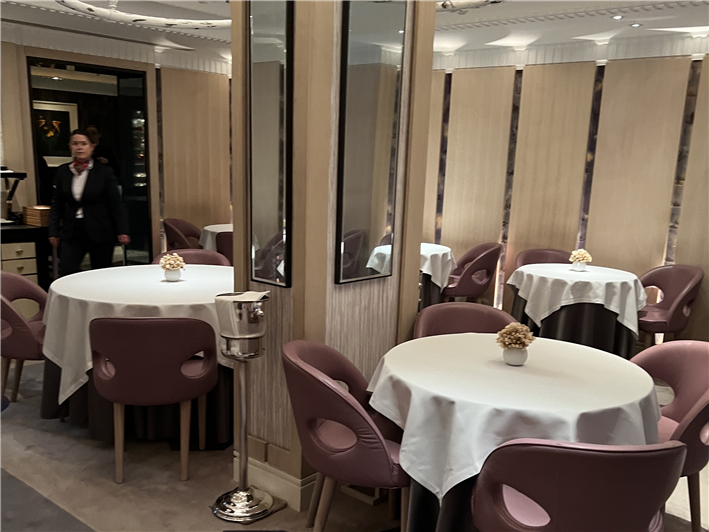
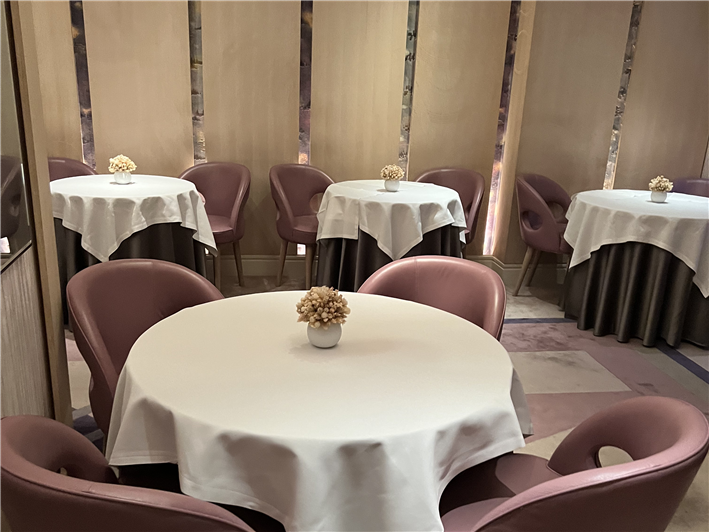
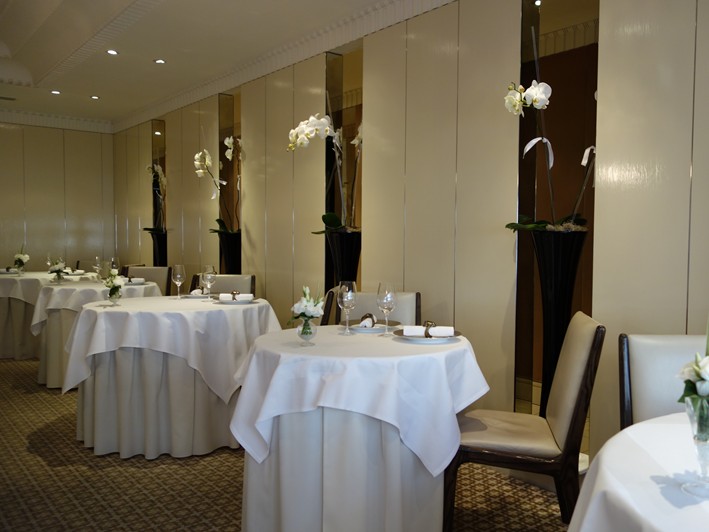


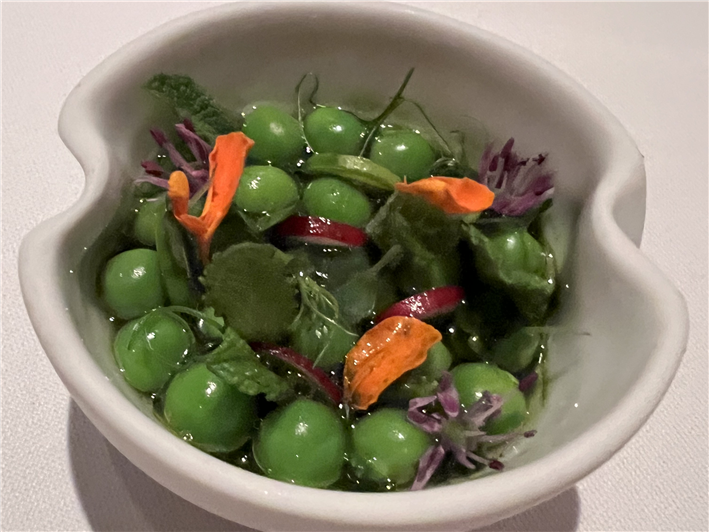

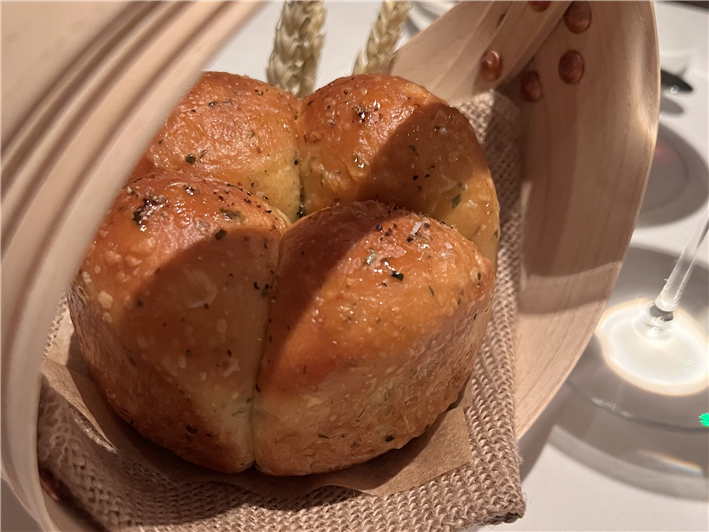
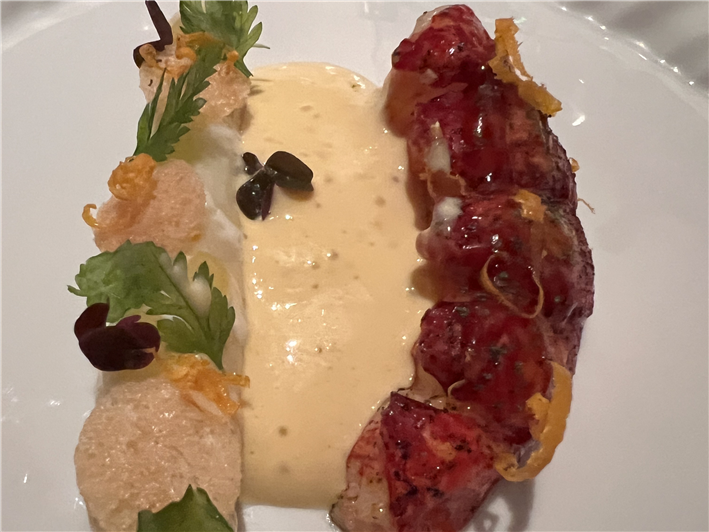
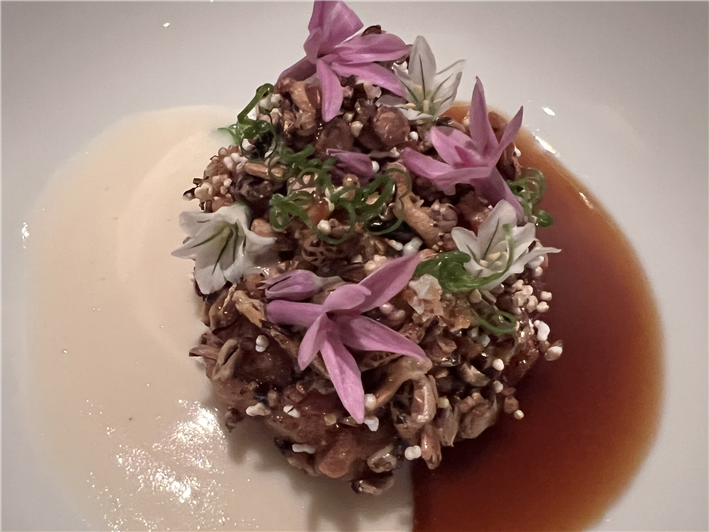
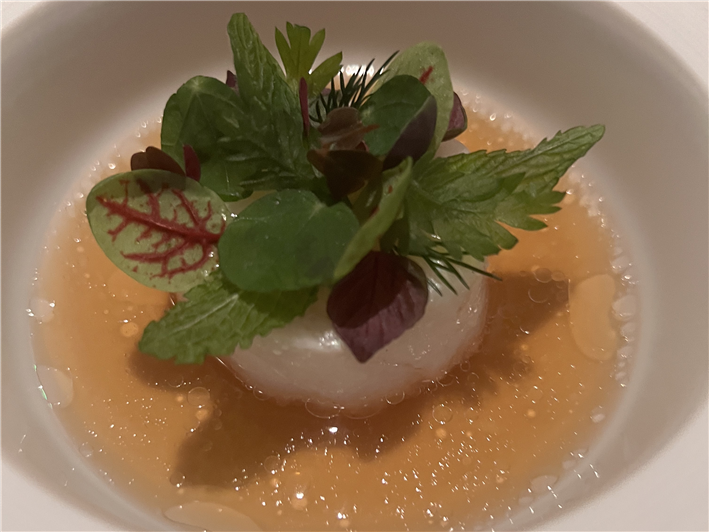
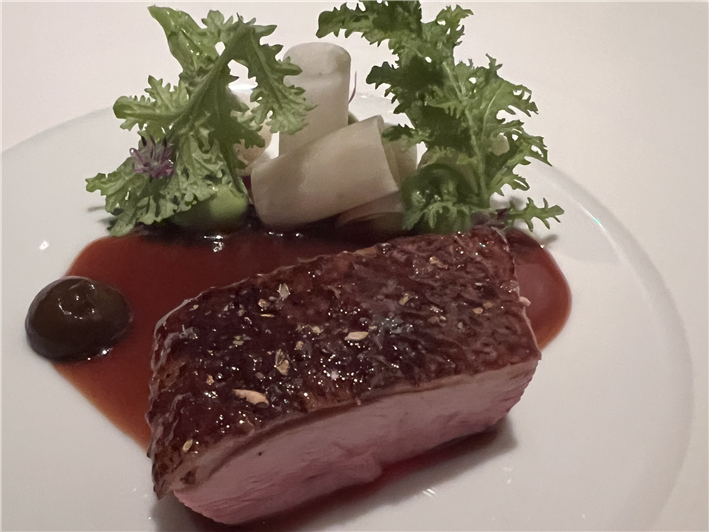
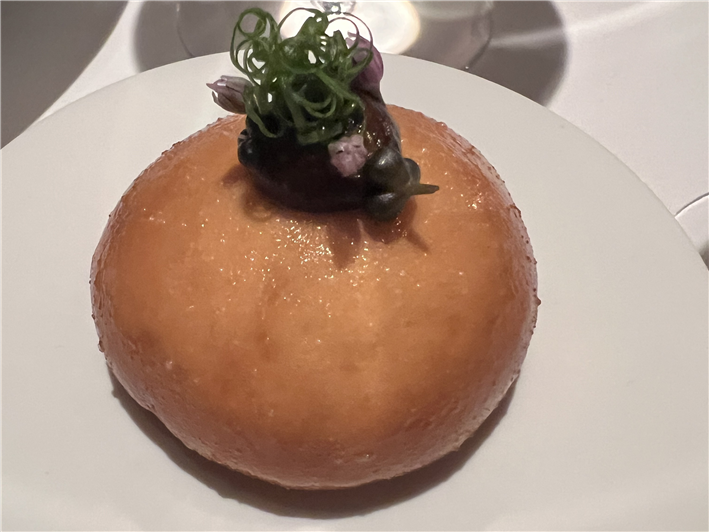
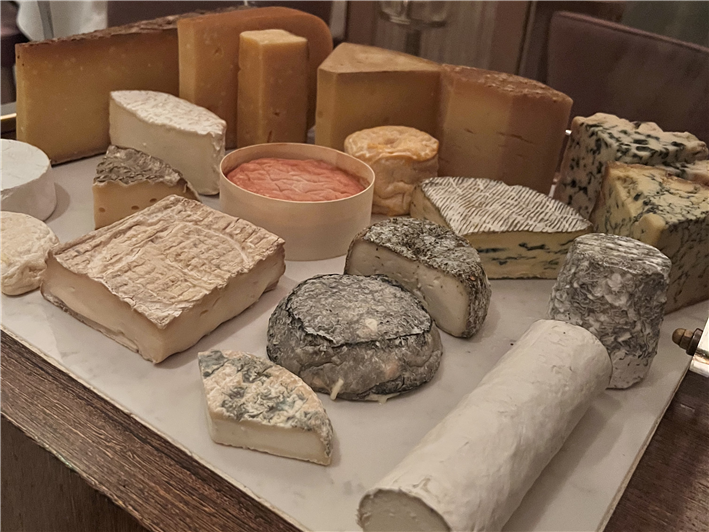
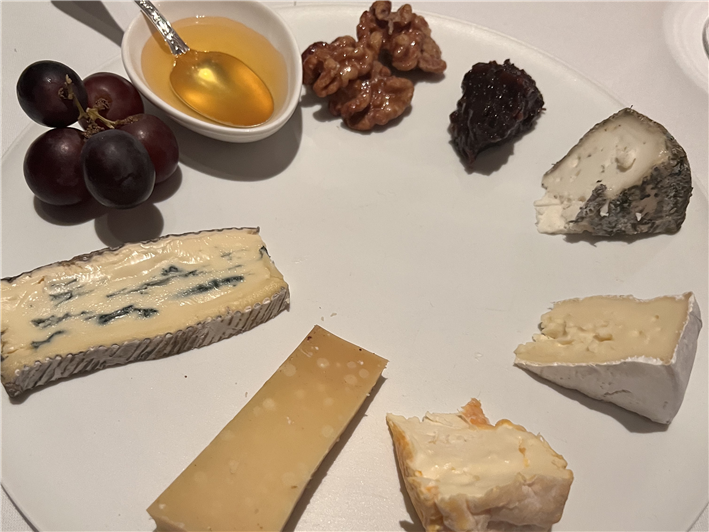

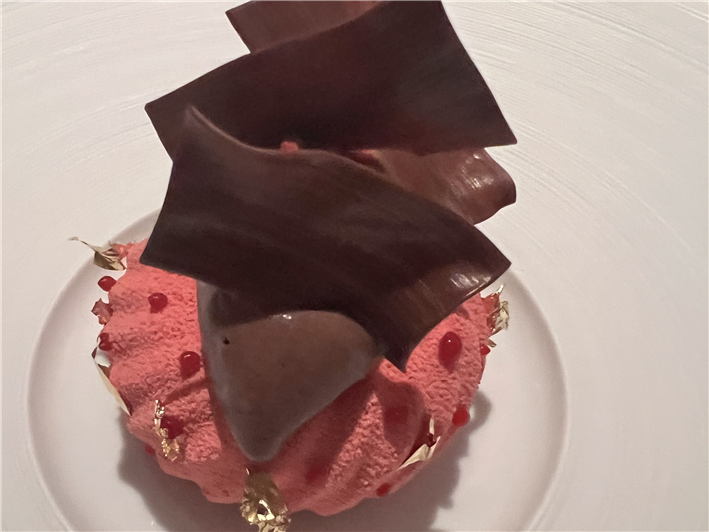
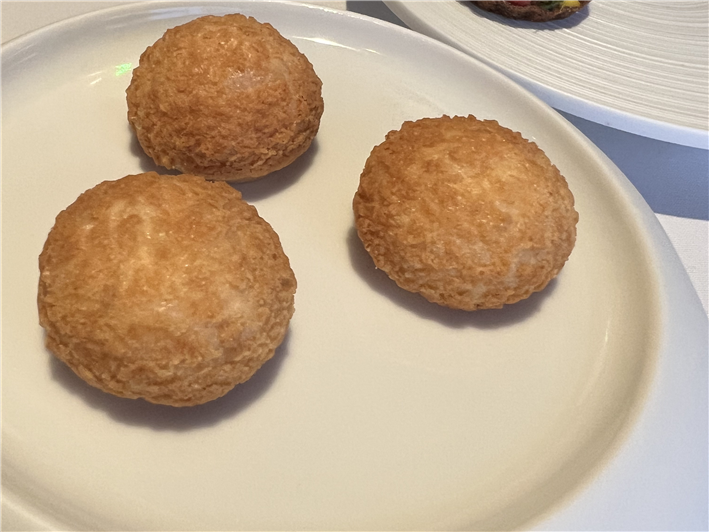
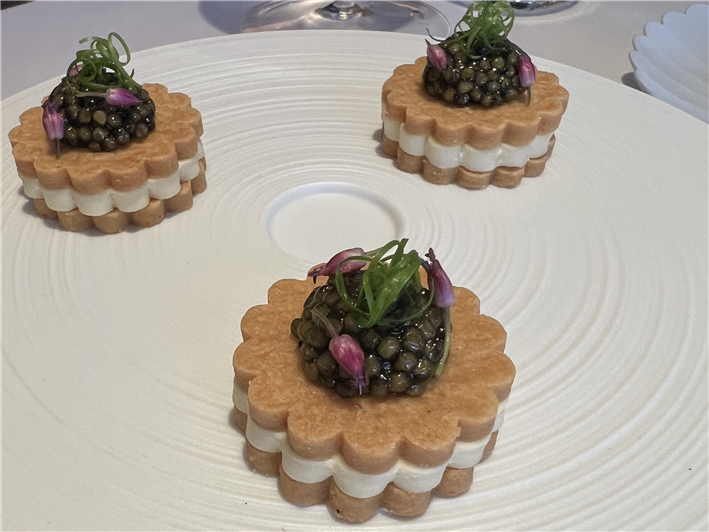
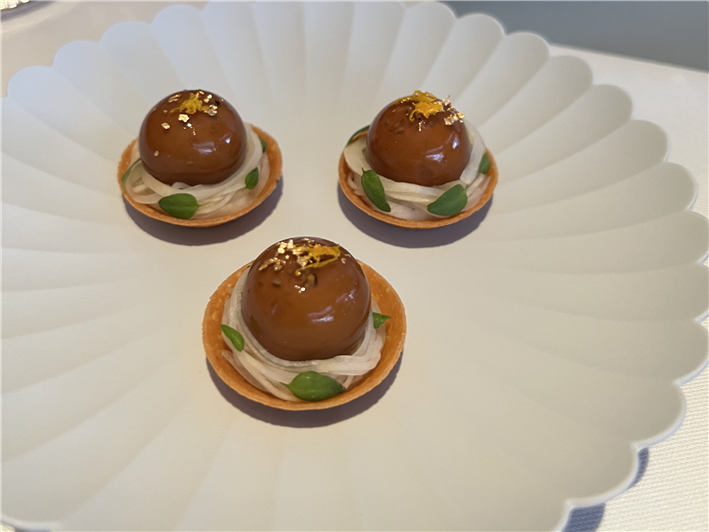
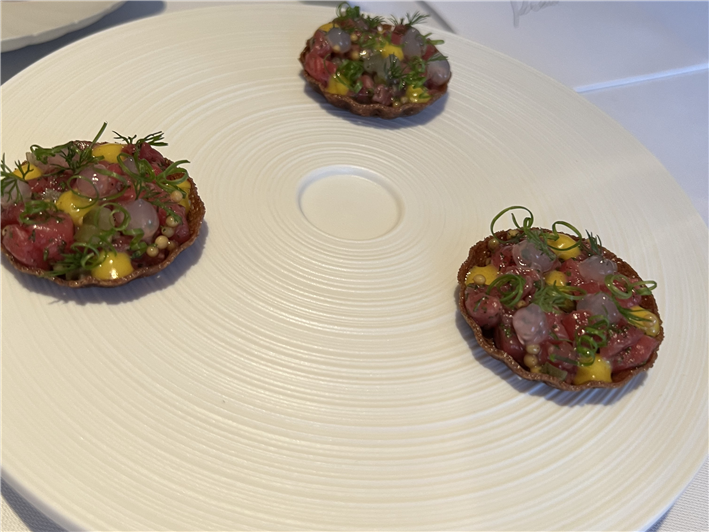
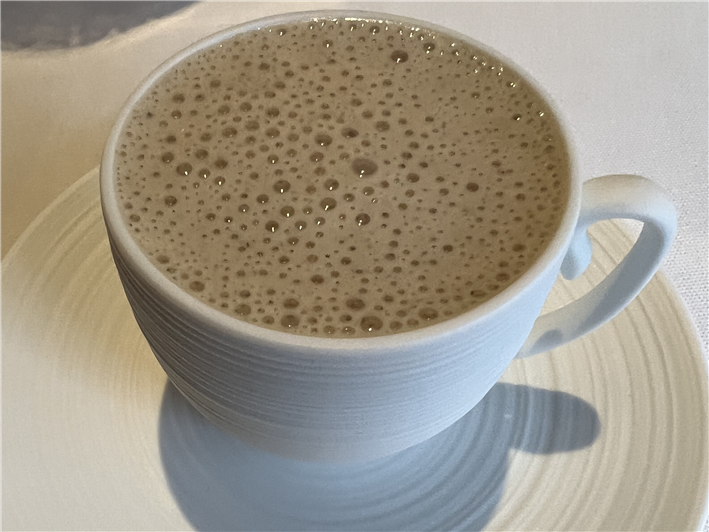
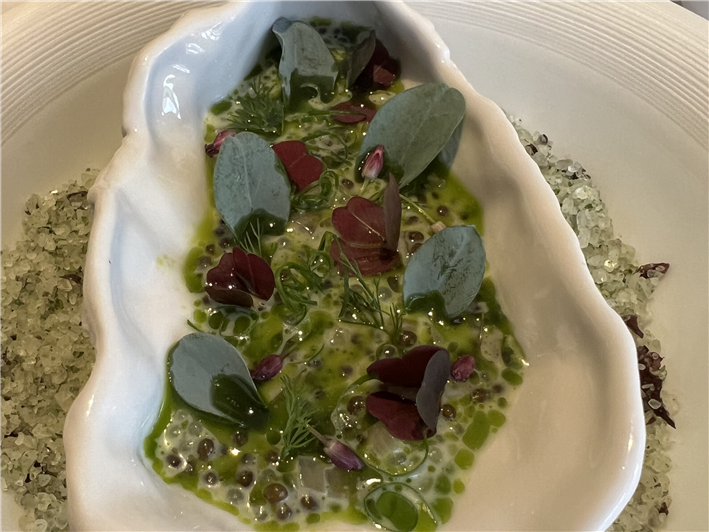
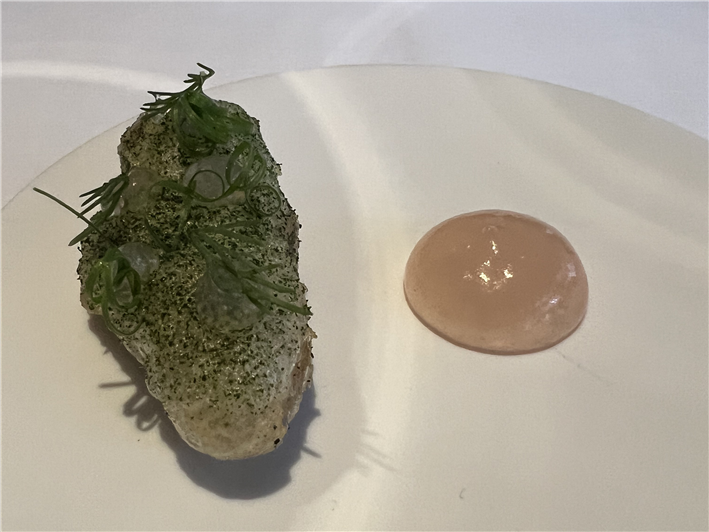
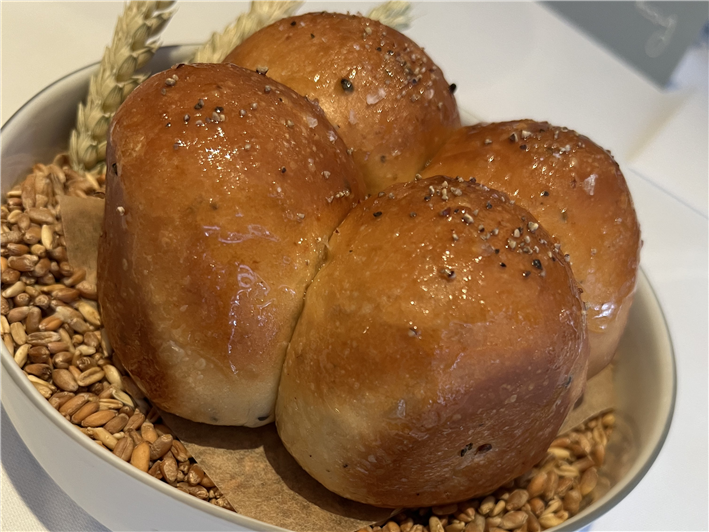

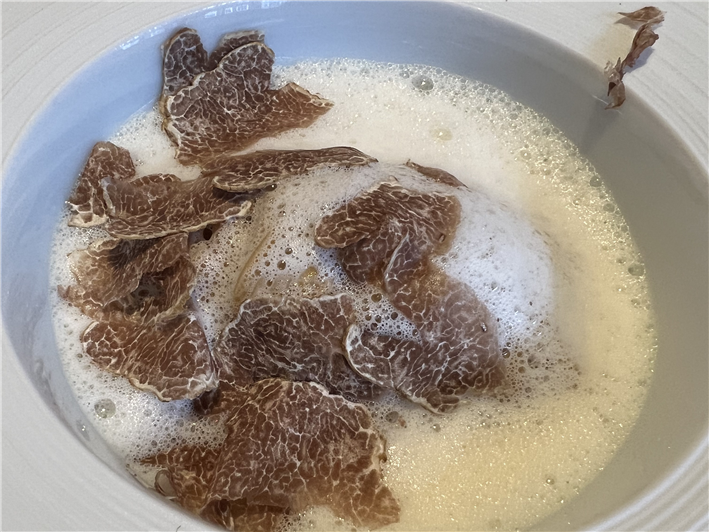
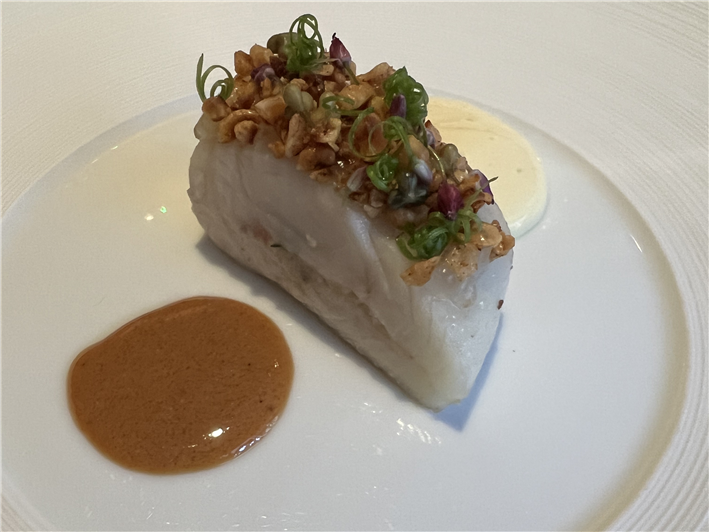



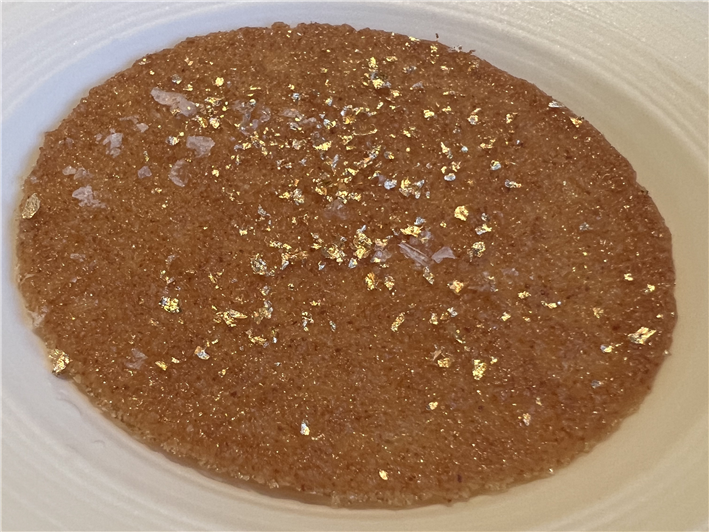

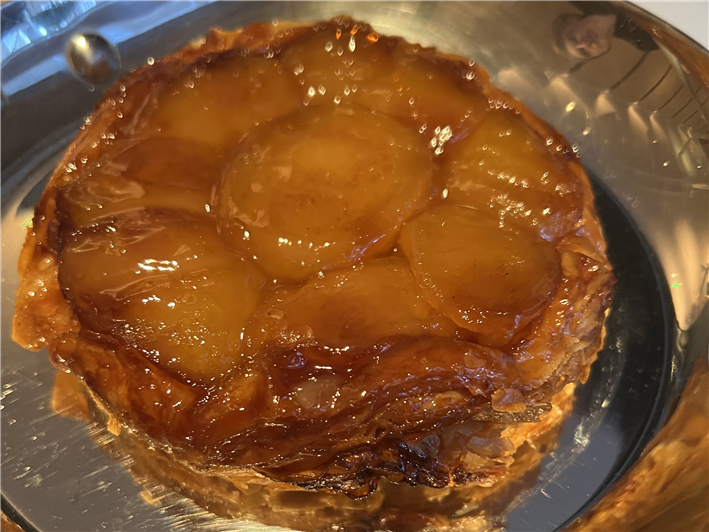



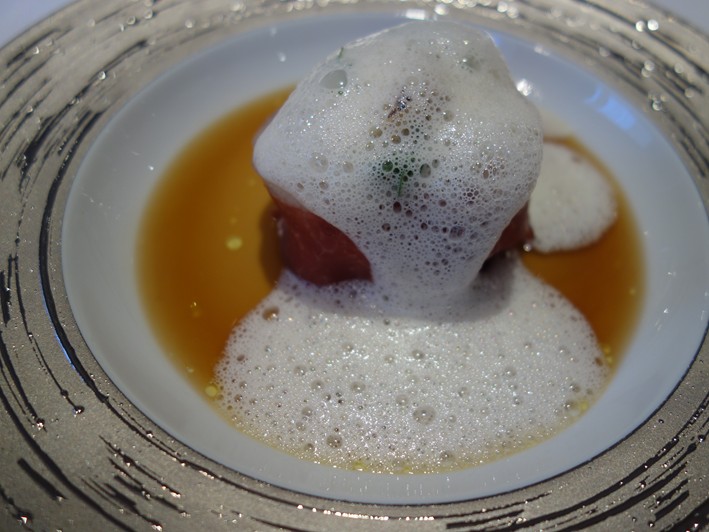
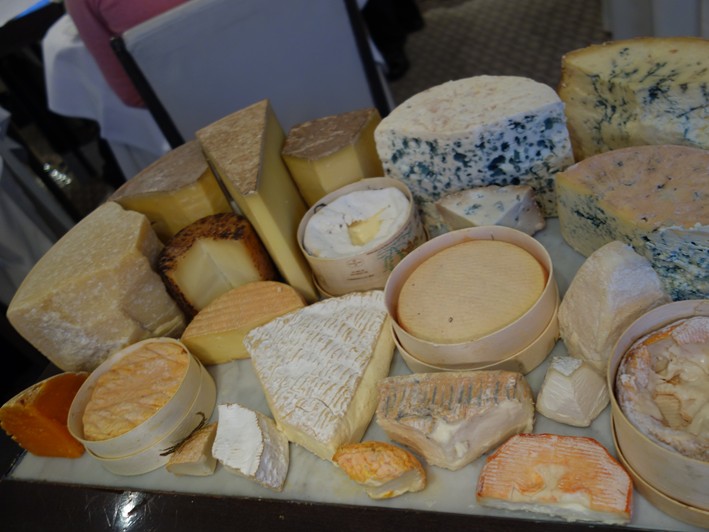
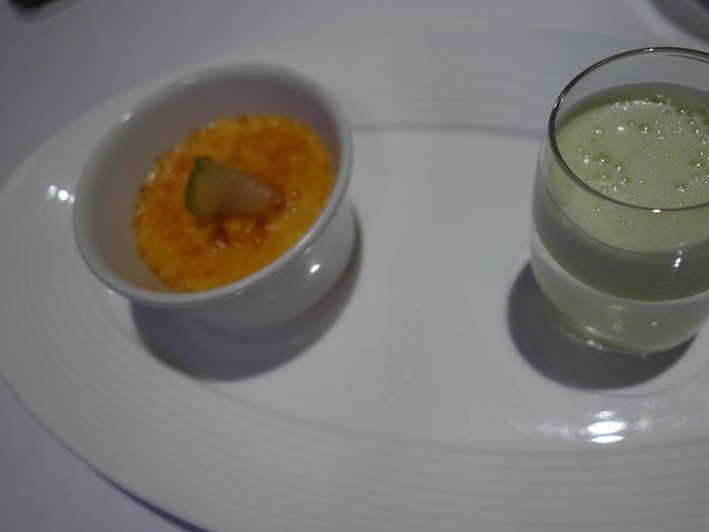
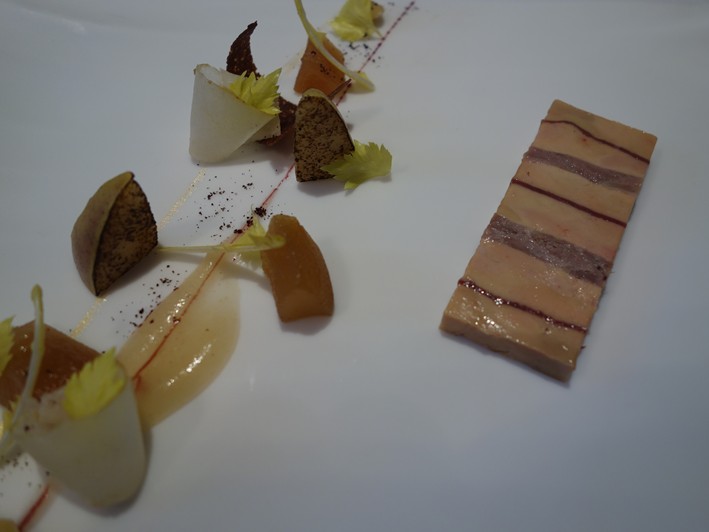
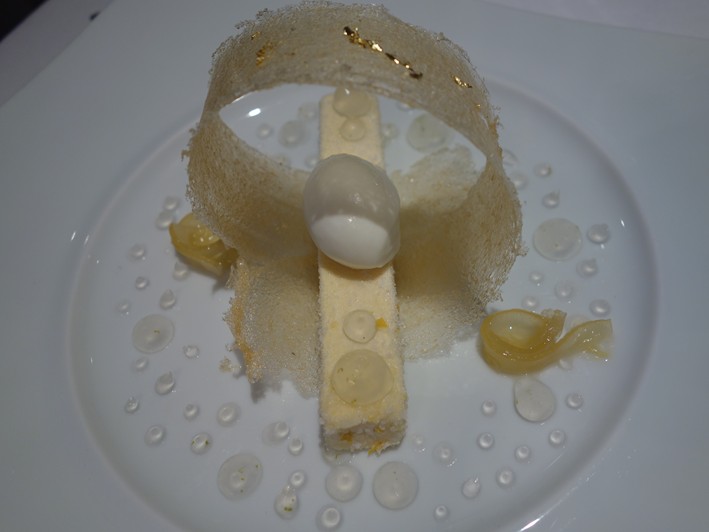
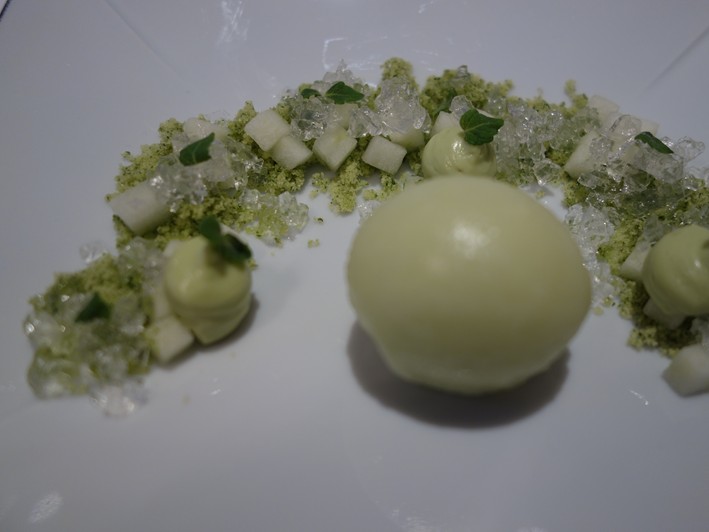
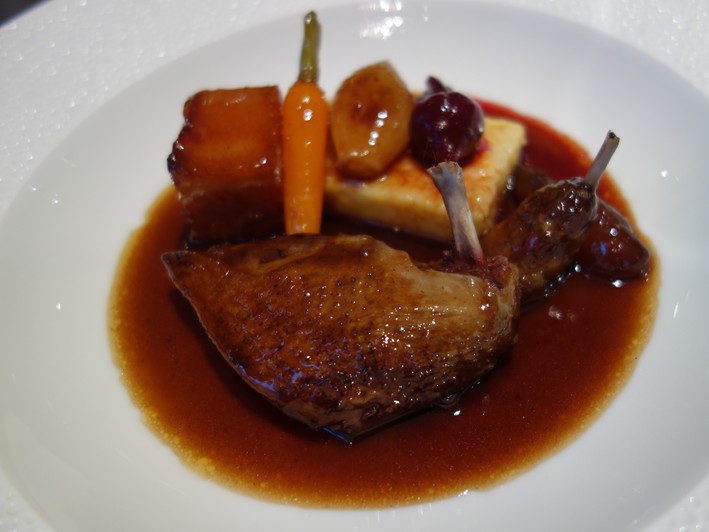
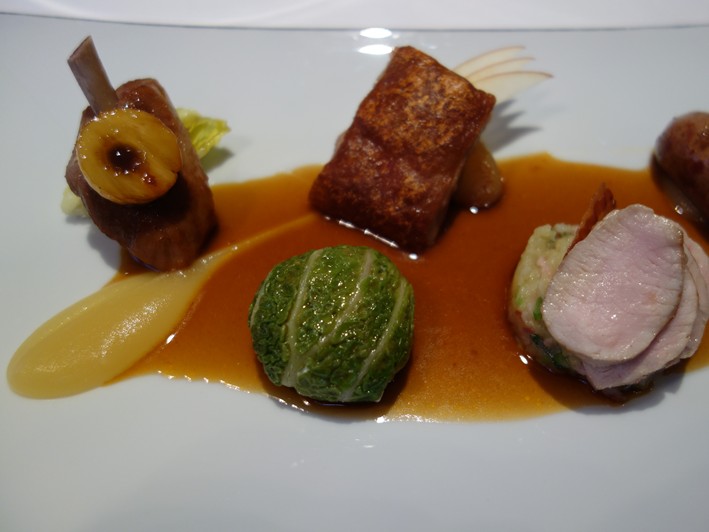

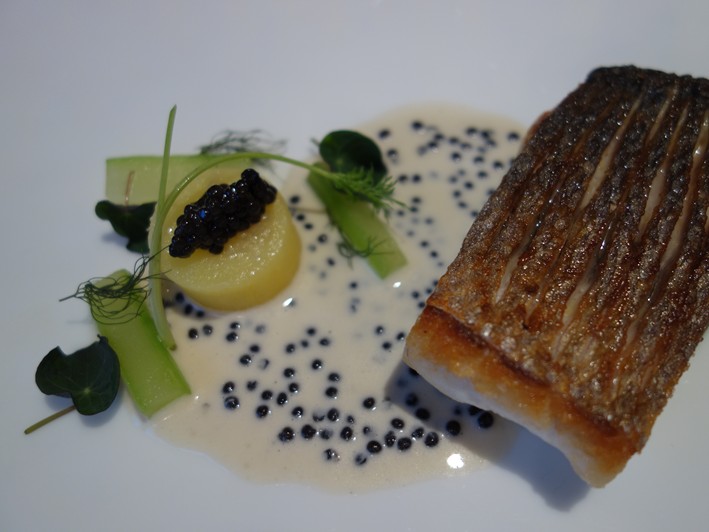

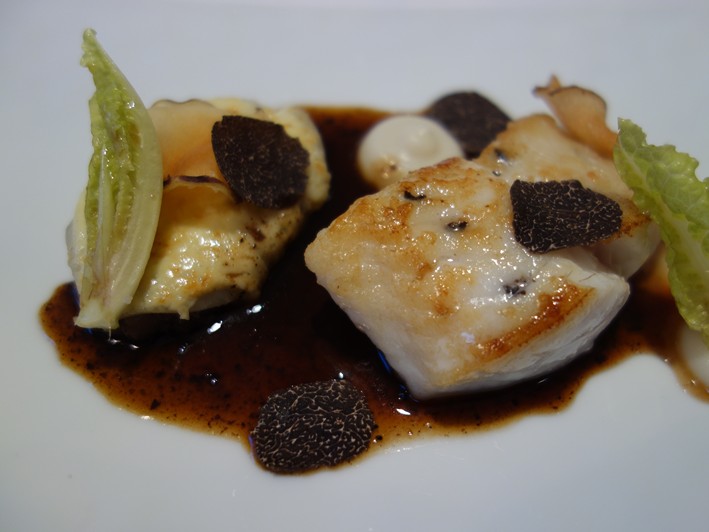

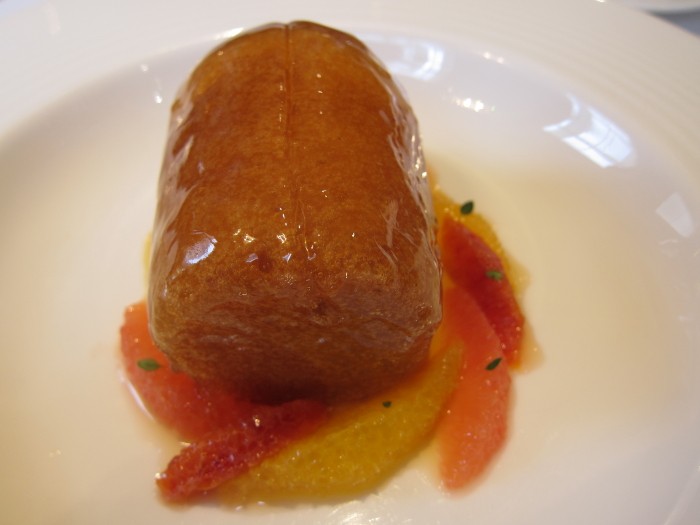
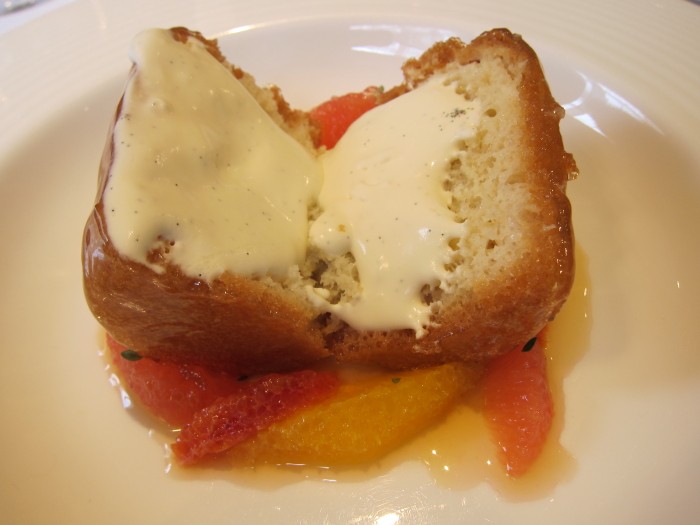
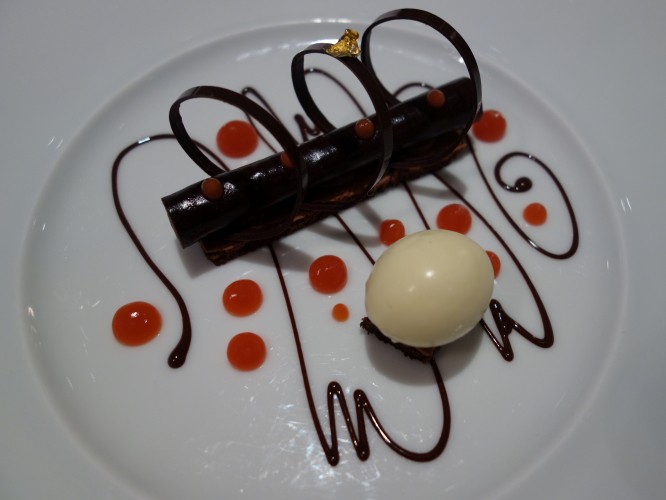
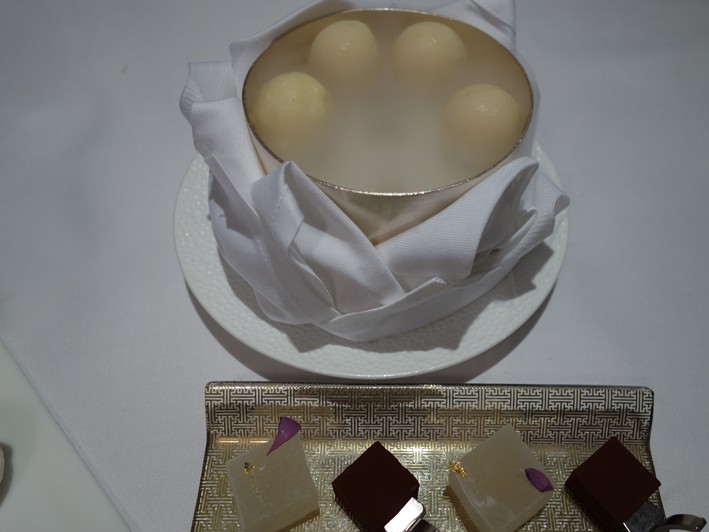
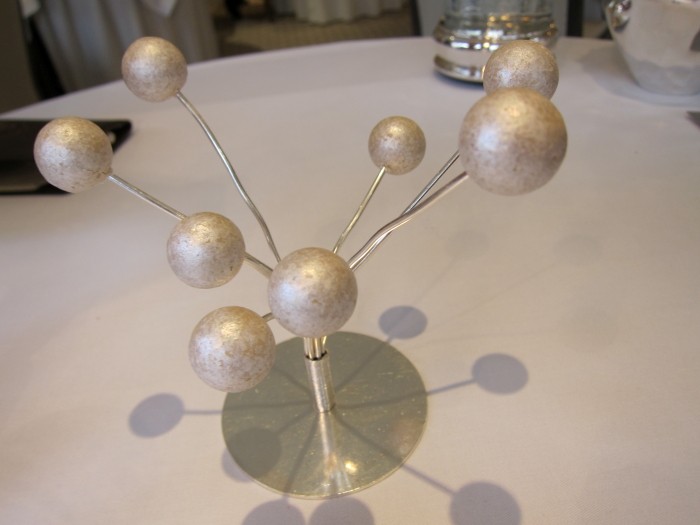

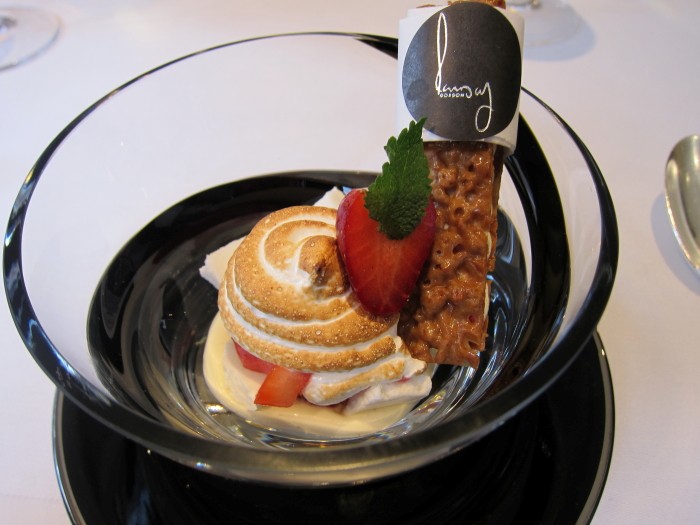
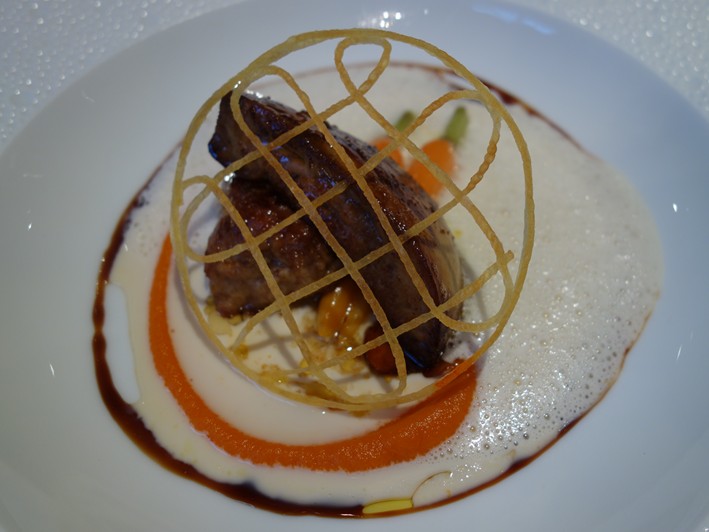
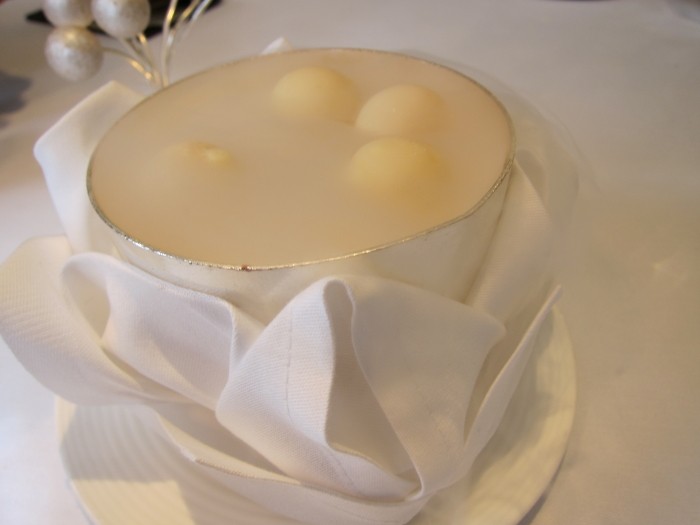
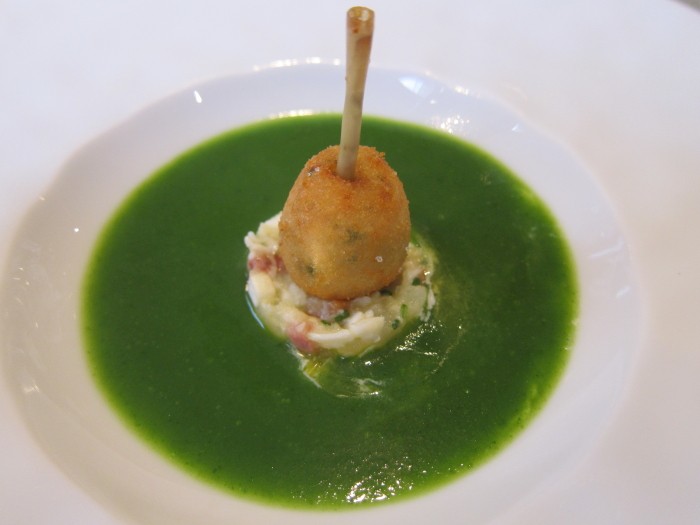

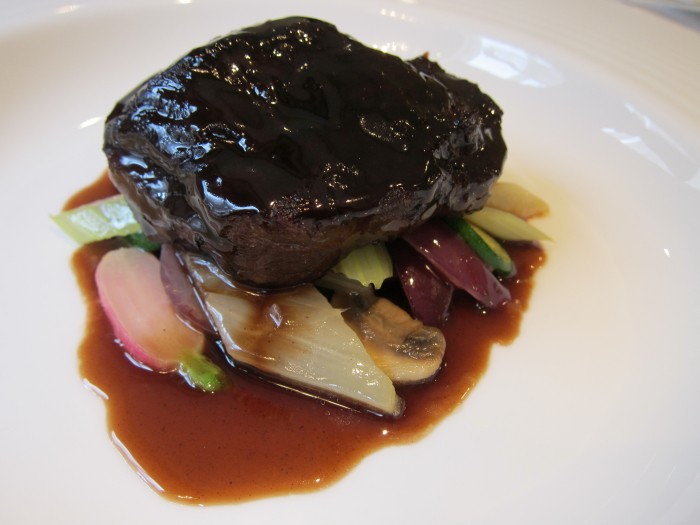
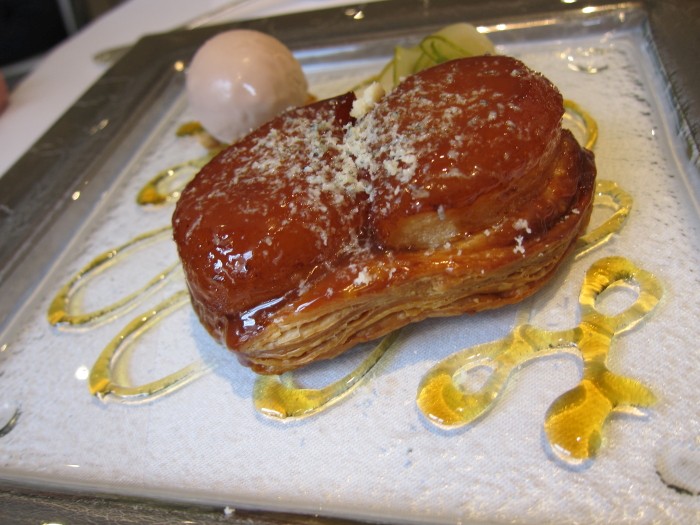

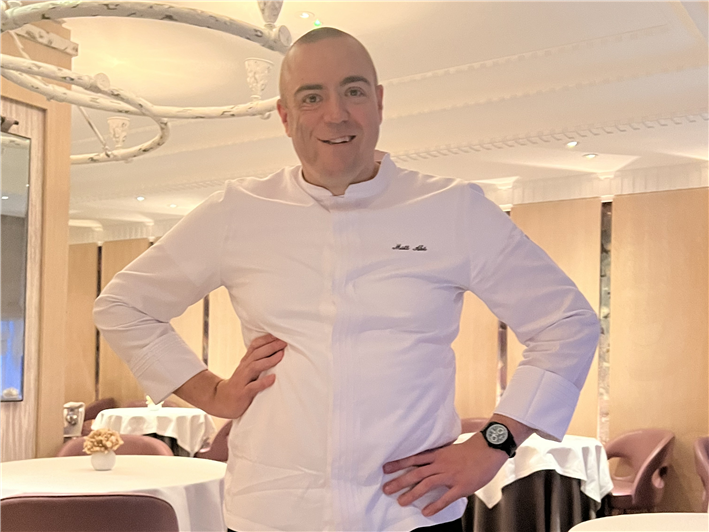

Mark
We went last month. Slightly unfair as our expectations were so high, but it was really disappointing. Not even the best outing of the month, never mind the year.
Nev16
We dined here on October 30th, 2021 and had a superb experience. I think you must have been unlucky with the white truffle as ours had a wonderful aroma and elevated the pasta to supreme heights of deliciousness. Definitely the best white truffle pasta I have ever had, and I've had quite a few.
Richard
Restaurant Gordon Ramsay has consistently got worse over the years, with every new head chef taking it further downhill. When will Michelin take away the third star? It definitely doesn’t deserve three.